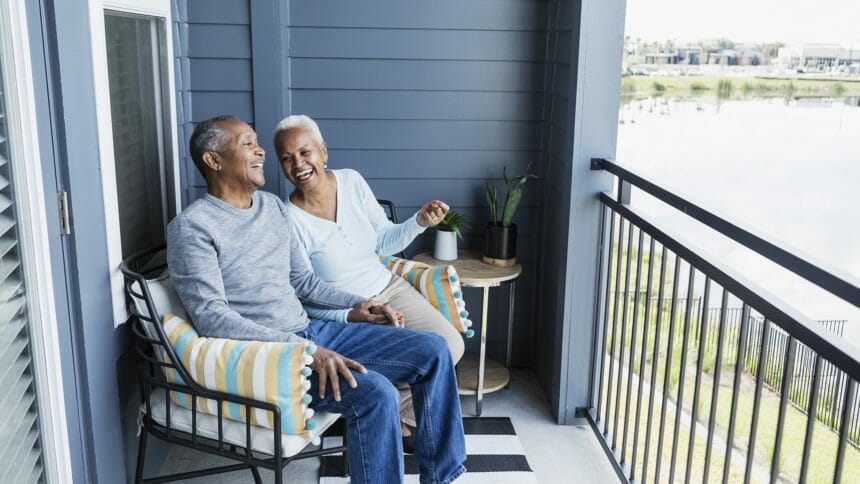
Thanks to the nation’s shifting demographics and the ability of many nonprofit senior living operators to offer services across the continuum, the future of the sector looks bright, according to speakers at the closing session Friday of the Ziegler Senior Living Finance + Strategy Virtual Conference.
Of course, operating in today’s healthcare environment is not without its challenges, particularly in light of the ongoing COVID-19 pandemic, noted Lisa McCracken, director of senior living research and development at Ziegler. Skilled nursing has been under pressure for a while now, as “everything from reimbursement to where care is provided and lengths of stays continues to evolve at a pretty rapid clip,” she noted.
But the nonprofit sector overall is in good shape to meet the challenges, given its ability to draw on many attributes that the for-profit sector doesn’t have, said Dan Hermann, Ziegler’s president and CEO. That includes an ability to expand and grow and serve seniors across the continuum of care and even into the home setting, as more than half of nonprofit senior living operators offer a home- and community-based services platform, Hermann noted.
“Nonprofit senior living providers have a distinct advantage in the market, as known not-for-profit organizations are often viewed as sustaining in perpetuity like many large health systems and universities,” Hermann noted. “The optimum system long term we know will be integrated into local communities and health systems and will continue to offer a broad array of services under one brand, which many nonprofit operators are already doing.”
Beth Burnham Mace, chief economist and director of outreach at the National Investment Center for Seniors Housing & Care, also pointed to the historically higher occupancy rates of nonprofit operators, which has continued even amid the pandemic.
“Both nonprofit and for-profit operators took a hit in terms of occupancy in the second quarter; however, for-profits took a greater hit, seeing a 3% decline overall, compared to nonprofits, which fell 2.3%,” she said. Mace also noted that she expects the seniors housing industry overall to see a shift from more of a hospitality model to one focused more exclusively on healthcare services. Although this shift in focus may result in more government oversight, the result overall could be a fiscal boon for nonprofit operators.
“I think there’s a greater recognition today that seniors housing is a critical part of the solution for population health management and for healthcare cost containment, in order to combat the growing social, economic and political reality of an aging baby boom generation,” Mace said.




